Patience and Progress: Propagation Timeline for Succulents
Succulents can reproduce in various ways. Some types can grow from leaf cuttings, while others develop from stem cuttings, seeds, or offsets. In this post, we will focus on how long it takes to propagate succulents using leaf cuttings, which is the most popular method among succulent growers.
There are thousands of succulent species, and each one grows at its own unique speed. Different species also have different rates of reproduction, whether through leaves, stems, seeds, or offsets. However, it’s important to note that succulents generally grow slower compared to other common houseplants.
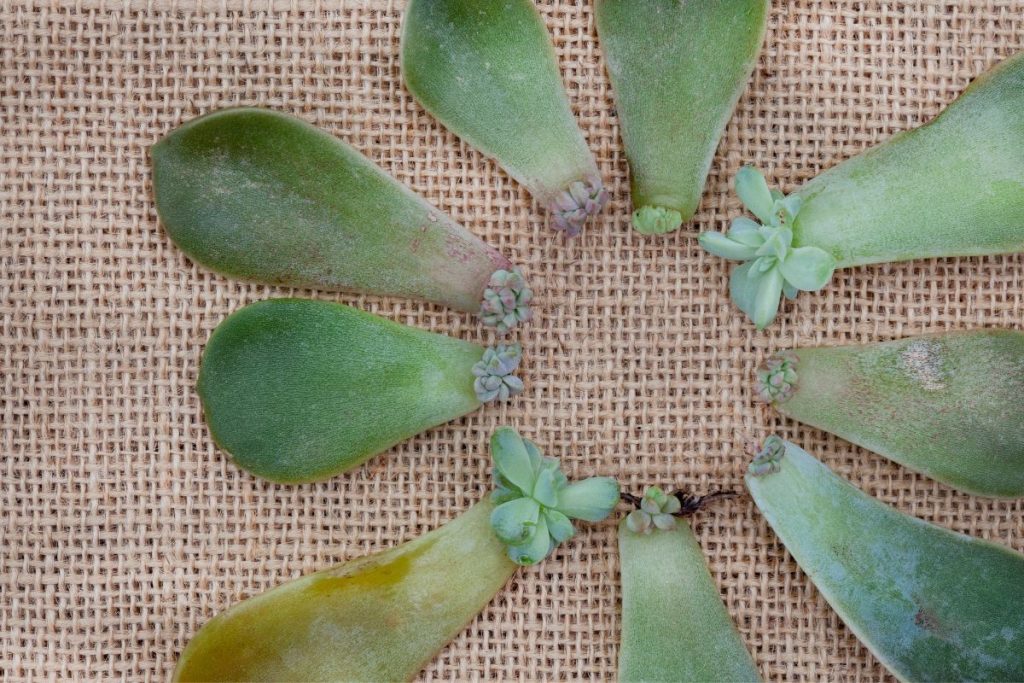
Contents
- 1 How Long Do Succulents Take To Grow?
- 2 What Affects A Succulent’s Propagation Rate?
- 3 How long does it take to propagate succulents through leaves?
- 4 How long does it take to propagate succulents in water?
- 5 What is the timeframe for growing succulents from seeds?
- 6 How can you speed up succulent propagation?
- 7 How long can succulent cuttings survive?
How Long Do Succulents Take To Grow?
- Leaf propagation: When using leaf propagation, it usually takes around 2 weeks for roots to grow. After about 8 weeks, new leaves will form, and you can choose to transplant them into a smaller pot if you’d like.
- Stem propagation: It generally takes around 4 weeks for roots to form when using stem propagation, but sometimes it may take a bit longer.
- Propagation through offsets: Once the offsets have developed a calloused surface, it typically takes around 4-10 weeks for the roots to grow.
- Seed propagation: Growing succulents from seeds takes the longest time. It can take anywhere from 3 weeks to a whole year just for the seeds to germinate. After that, it takes a very long time for the seedling to reach full maturity.
What Affects A Succulent’s Propagation Rate?
The propagation rate of succulents is influenced by several factors. The natural growth rate of each succulent species is one factor to consider, as well as the amount of sunlight, water, soil quality, and the current season.




The dormancy period of the specific succulent also plays a big role. If you try to propagate a winter-dormant succulent during winter, you won’t see much growth. That’s why it’s important to find out if the succulent you want to propagate is dormant in winter or summer. However, keep in mind that you can succeed in propagating succulents during any season.
Check out this helpful list of succulents that go dormant during winter or summer:
Summer Grower/Winter Dormant Succulents

| Adenia | Adenium | Agave | Alluadia | Aloinopsis |
| Brachystelma | Ceropegia | Cissus | Cyphotstemma | Didieria |
| Dorstenia | Echeveria | Euphorbia | Fockea | Huernia |
| Ibervillea | Ipomoea | Jatropha | Lithops | Monadenium |
| Operculicarya | Pachypodium | Pedilanthus | Plumeria | Pseudolithos |
| Pterodiscus | Raphionacme | Sempervivum | Sinningia | Stapelianthus |
| Synadenium | Titanopsis | Trichocaulon | Trichodiadema | Xerosicyos |
Winter Grower/Summer Dormant Succulents

| Adromischus | Aeonium | Aloe | Anacampseros | Astroloba |
| Avonia | Bowiea | Bulbine | Ceraria | Conophytum |
| Cotyledon | Crassula | Dioscorea | Dudleya | Fouqueria |
| Gasteria | Gibbaeum | Graptopetalum | Graptoveria | Haemanthus |
| Haworthia | Kalanchoe | Neohenricia | Othonna | Pachycormus |
| Pachyphytum | Pachyveria | Pelargonium | Peperomia | Portulacaria |
| Sansevieria | Sarcocaulon | Sedeveria | Sedum | Senecio |
| Stomatium | Sulcorebutia rauschii | Talinum | Tylecodon |
How long does it take to propagate succulents through leaves?
Below are some examples of succulent propagation timelines.
1. Pachyphytum Compactum ‘Little Jewel’
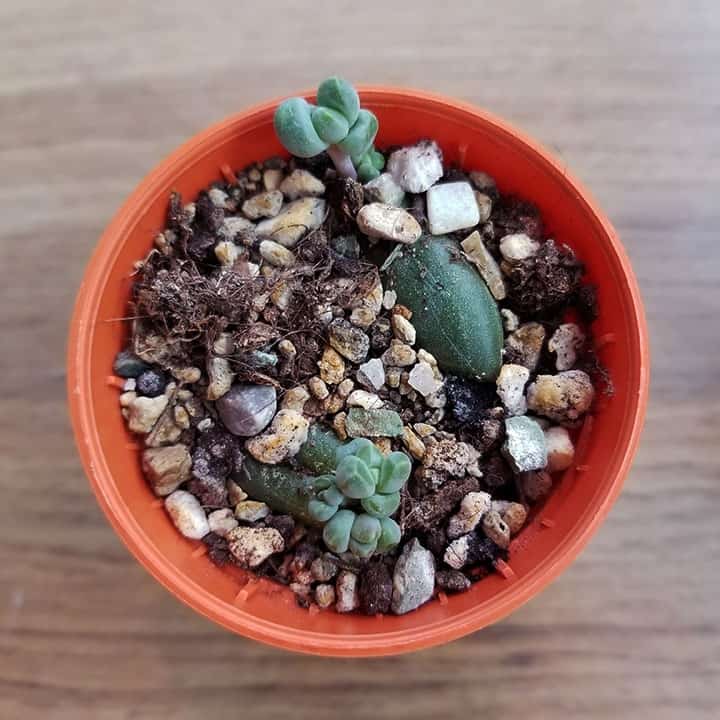

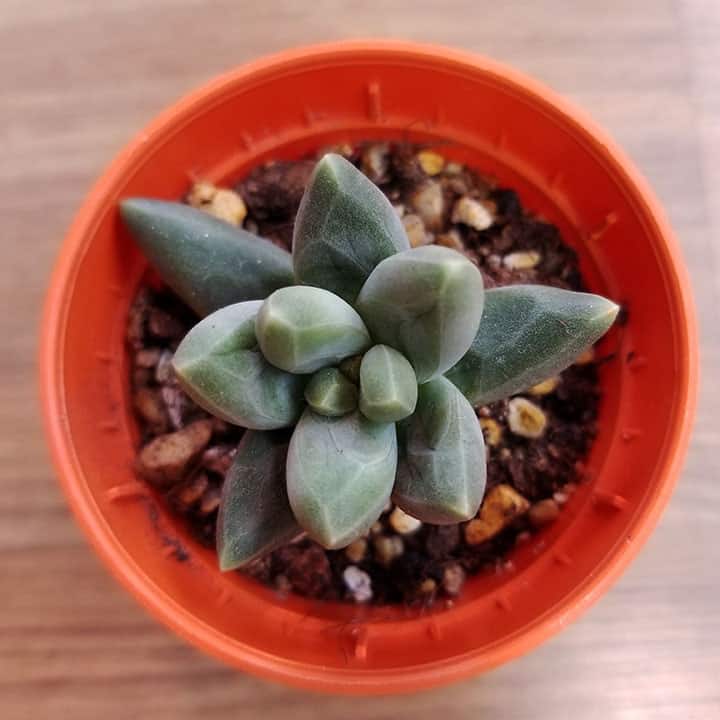
2. Echeveria ‘Cubic Frost’
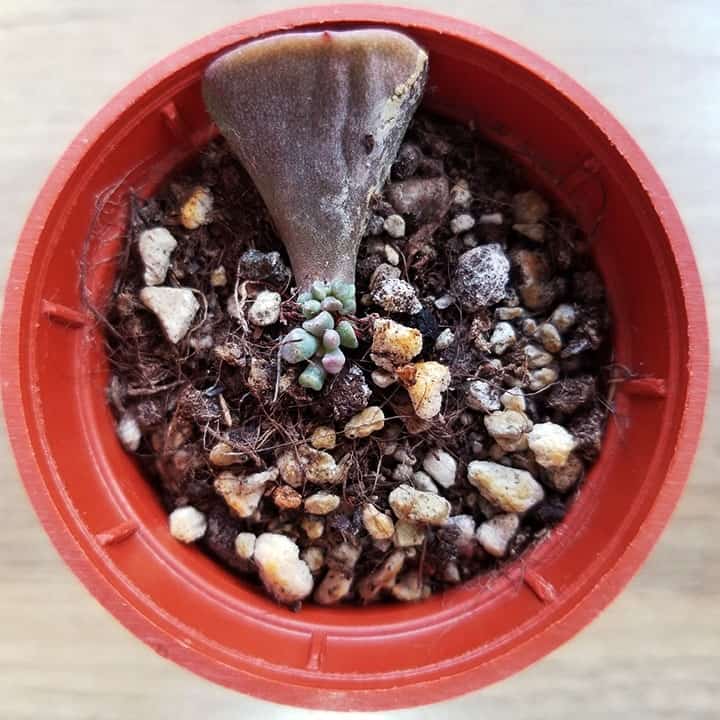
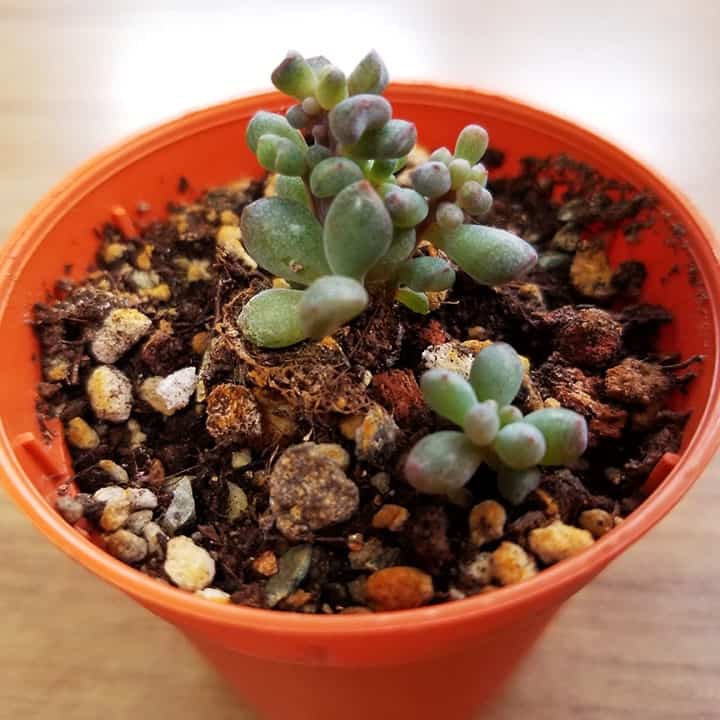
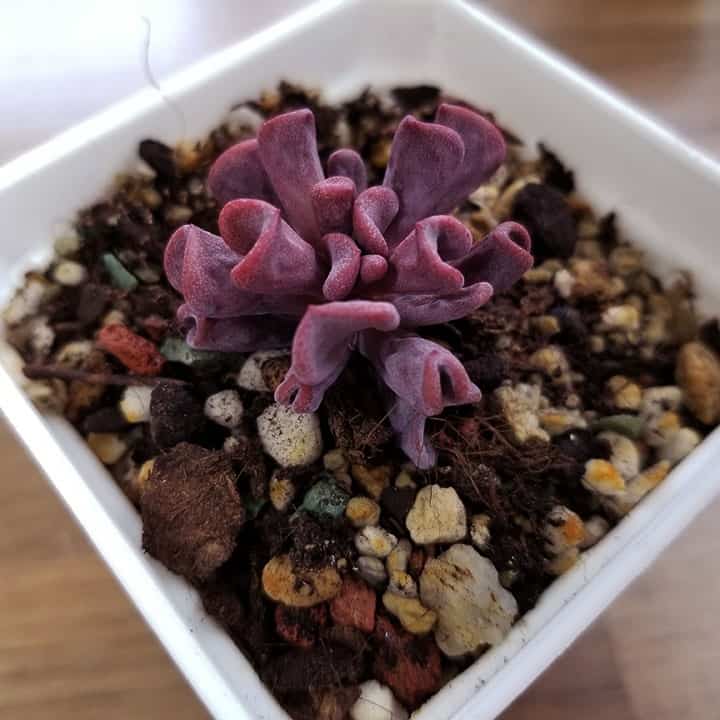
3. x Graptoveria ‘Bashful’
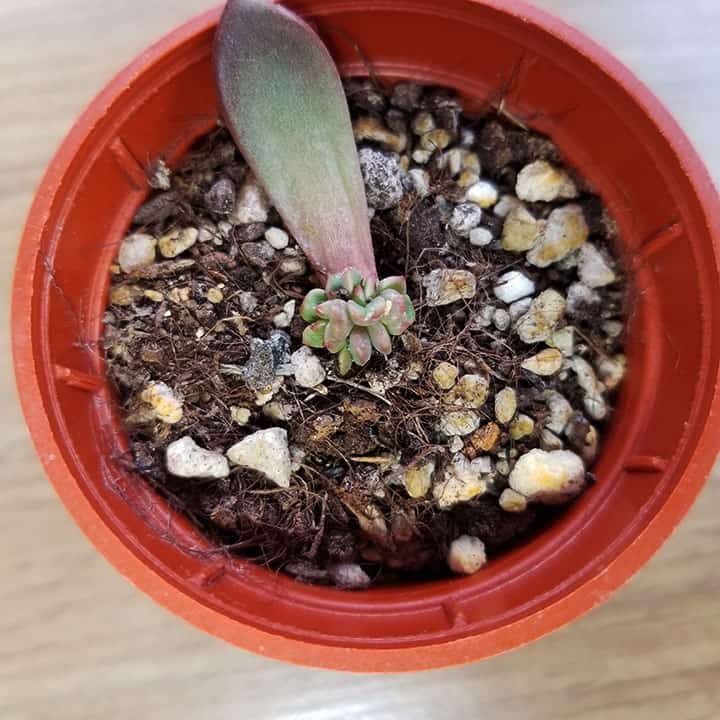
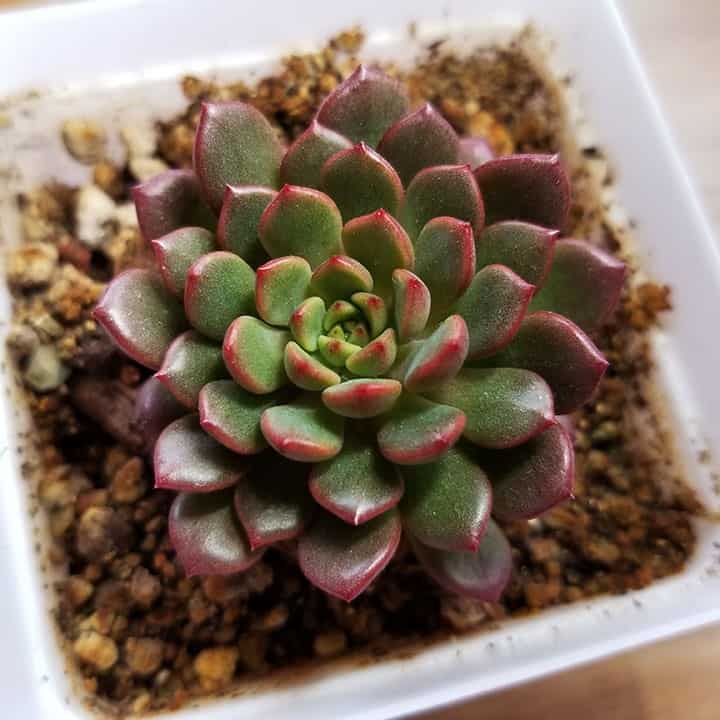
4. Graptopetalum ‘Purple Delight’
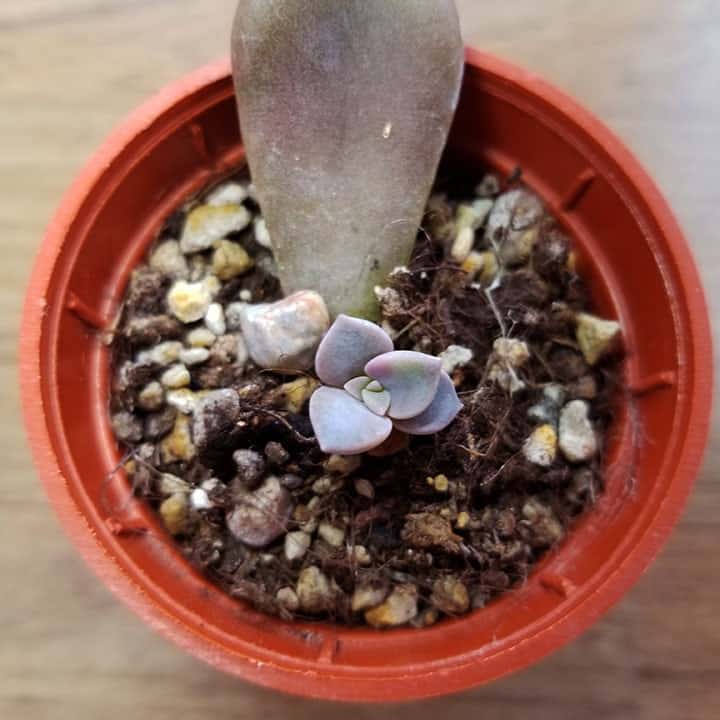
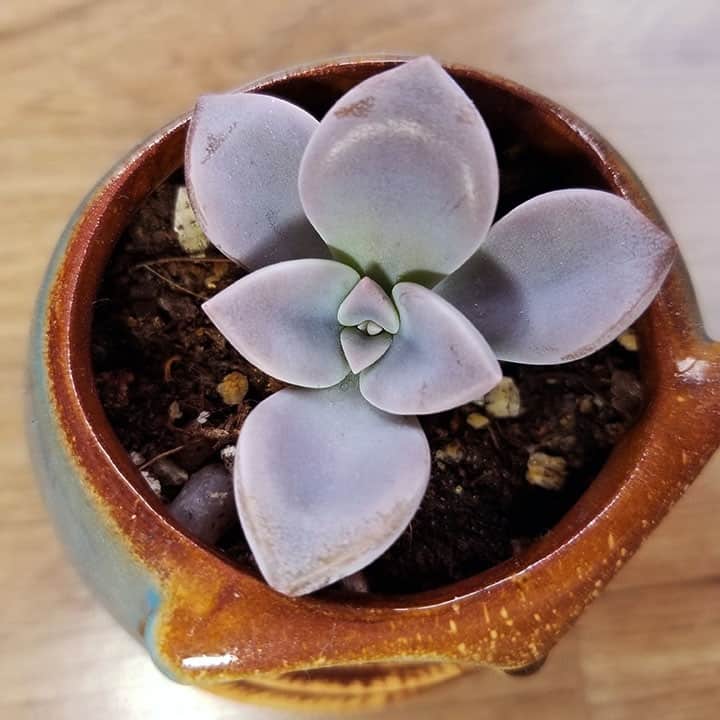
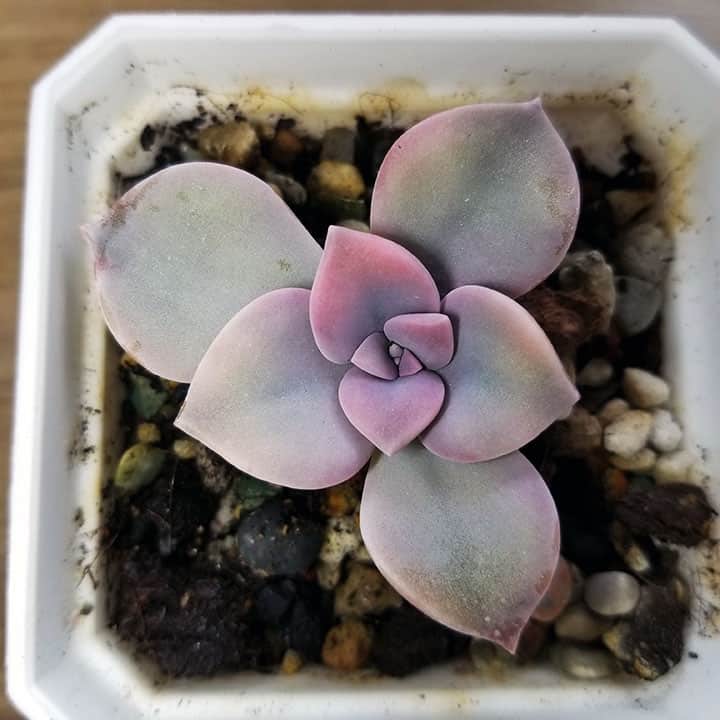
5. Echeveria Melaco
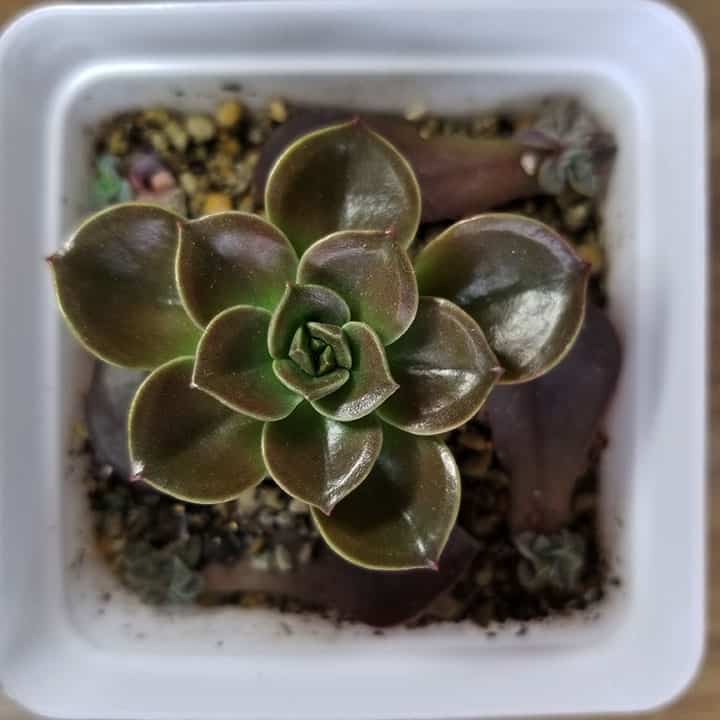
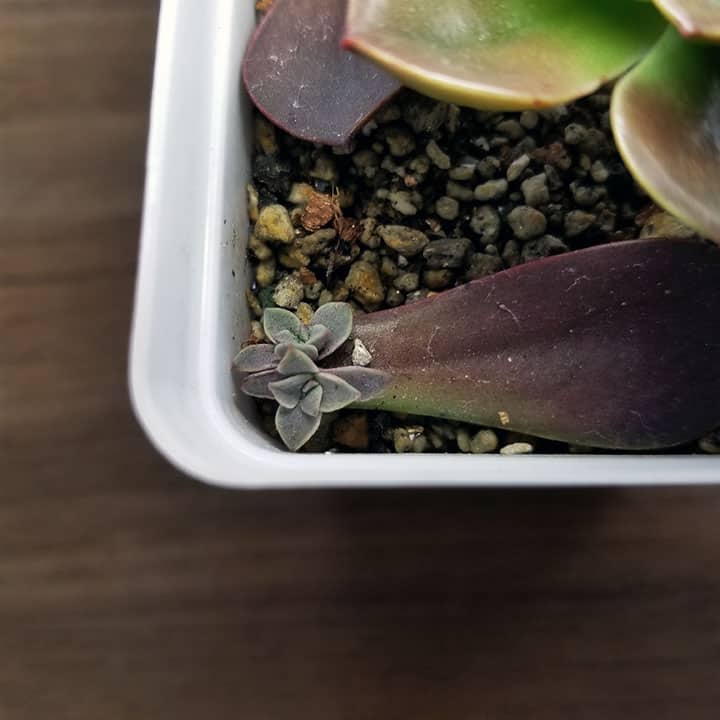
6. Echeveria ‘Hakuhou’
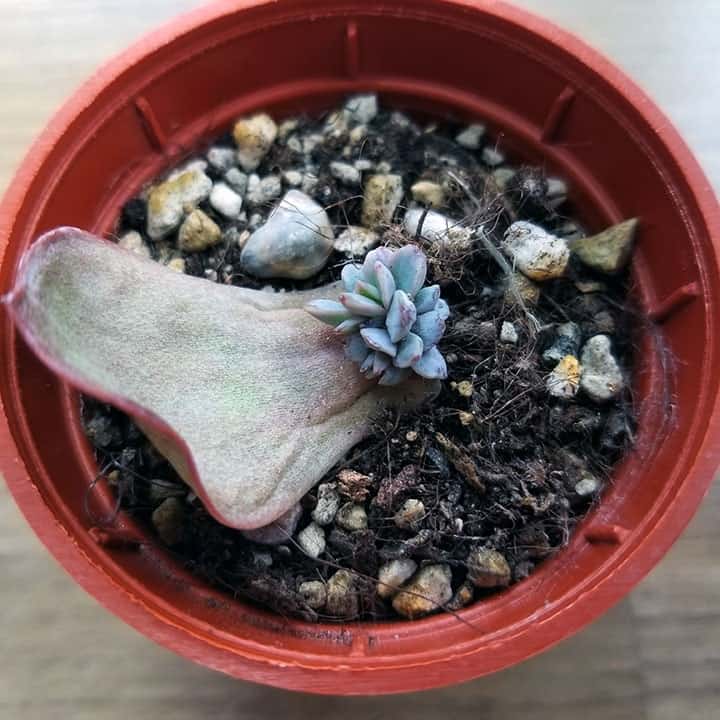
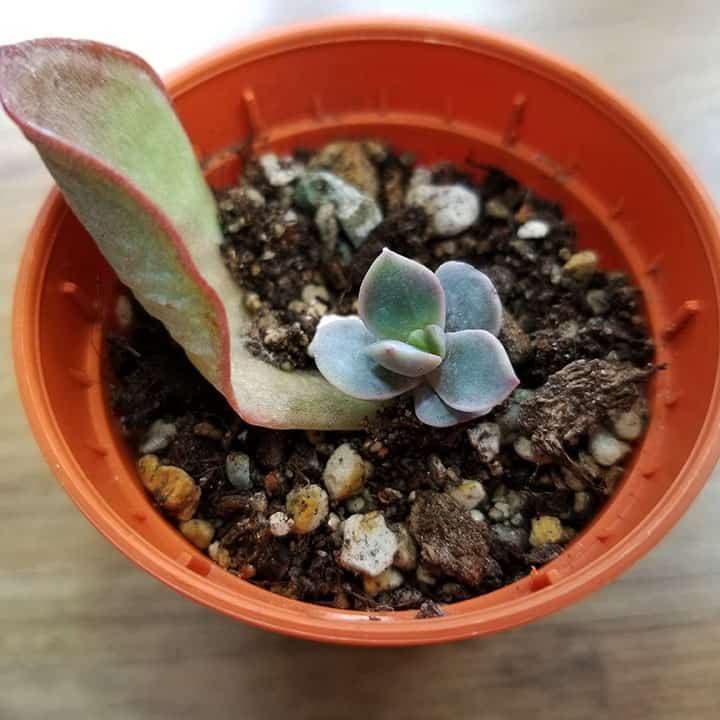
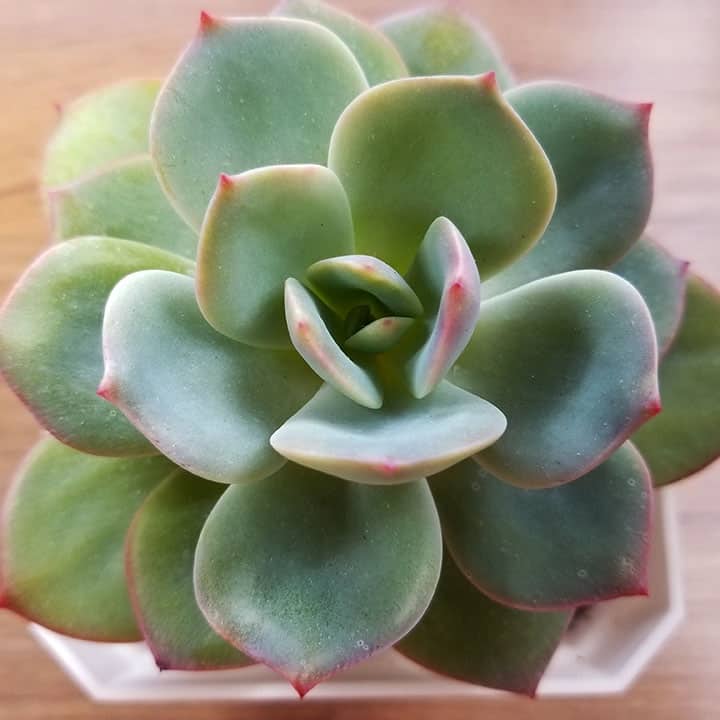
7. x Pachyveria ‘Orpet’
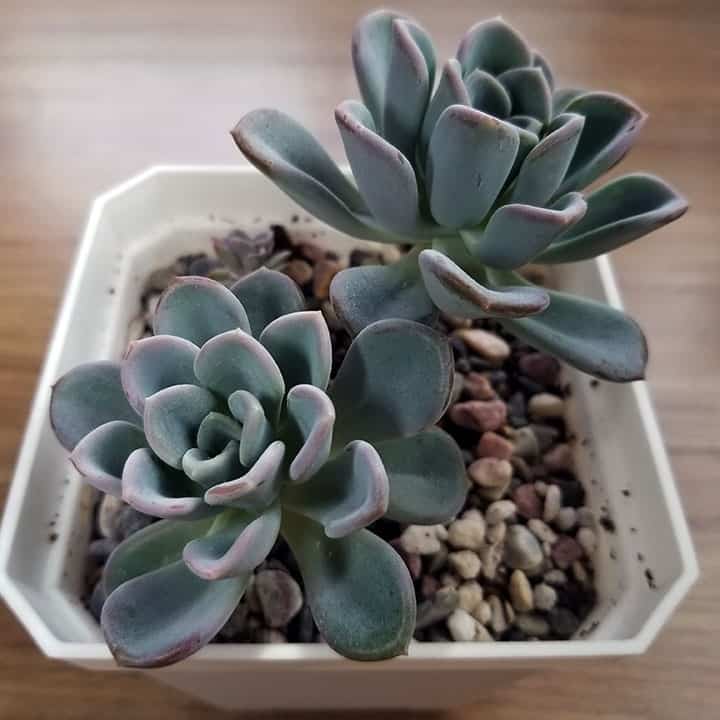
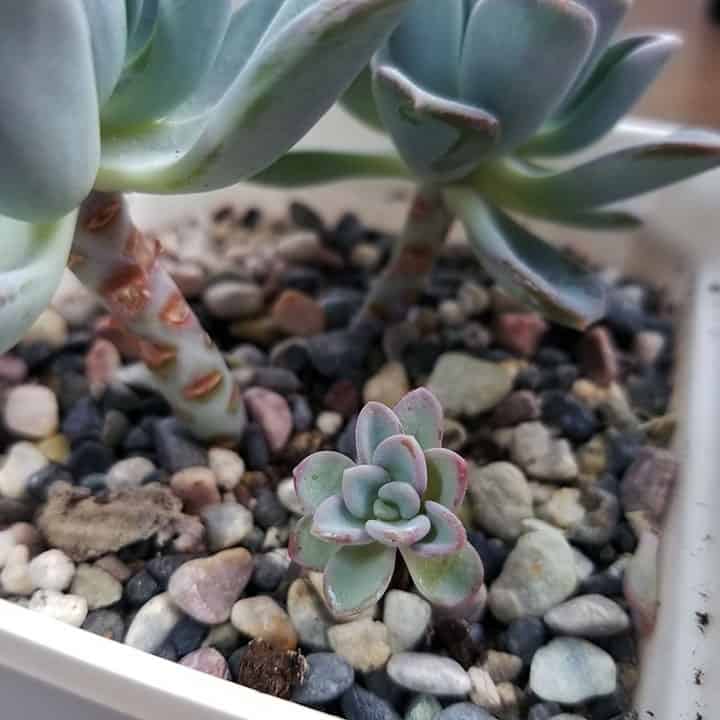
How long does it take to propagate succulents in water?
Propagating succulents in water is a popular and effective method that often yields quick results. Depending on your location and conditions, it typically takes just a few weeks for the new succulents to develop roots and be ready for planting in soil.
What is the timeframe for growing succulents from seeds?
The germination time for succulent seeds varies depending on the species. Generally, it can take anywhere from a few days to a couple of weeks. It’s crucial to keep the sand consistently moist during this process. Once the seeds have sprouted, it’s important to remove the plastic cover from the tray to prevent excess moisture from causing harm.
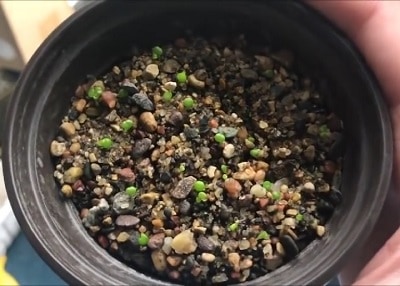
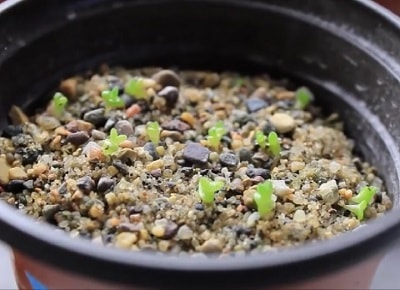
How can you speed up succulent propagation?
While propagating succulents requires patience, there are ways to expedite the process. One method is applying cinnamon powder on the wounds of the cuttings and leaves. This helps them heal in about a day or two. It’s also important to keep them away from humidity to prevent rot.
Another option is using rooting hormone on the cut succulents to encourage faster root growth. This will help the roots form more quickly. (If you’re interested, check out the best rooting hormone available.)
How long can succulent cuttings survive?
Beheaded succulent cuttings can survive without roots for a few months if they are kept away from direct sunlight. However, the wounds must be calloused over completely.
From my personal experience with propagating succulents, there have been instances where my beheaded succulents took around 3 months to form roots, despite regular watering. After this period, the succulents, which had become slightly wrinkled, finally developed roots and thrived once again.
